What is Silicone Rubber?
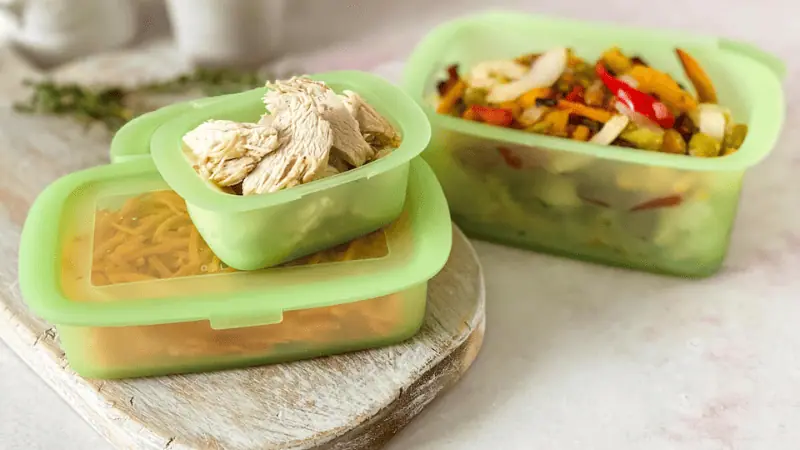
Silicone rubber is a synthetic elastomer with silicon, hydrogen, carbon, and oxygen constituent elements. The elastomer is made from the polymerization of liquid silicone rubber and molded into desired shapes and sizes.
The silicone rubber has a high thermal resistance, is flexible, waterproof, and is resistant to harsh conditions and chemicals. Thus, it is used to manufacture food storage products, electronic components, sports gear, and musical instruments.
Why Silicone Rubber is Safe for Food?

Silicone rubber is chemically stable, meaning it won’t react with food, impart any taste or odor, or leach harmful substances. This great food-safe quality makes it an ideal material for the food industry, where it’s widely used for bakeware, utensils, and container seals.
Although there are different types of silicone rubber, food-grade silicone is the one used to handle food. This type of silicone rubber is certified by the US Food and Drug Administration (FDA) as safe for food.
Food-grade silicone maintains its properties even at extreme temperatures, making it ideal for preserving food quality and safety. Furthermore, food-grade silicone is chemical-free, non-toxic, and odorless.
5 Properties That Make Silicone Rubber Ideal for Food Storage

1. Non-Toxic and Food-Grade Safe
Silicone rubber is non-toxic and is, therefore, safe for storing food. In addition, the elastomer does not contain harmful chemicals that can leach into food. Hence, keeping food in a silicone rubber container ensures the food is not contaminated and is safe for consumption.
2. Durable and Long-Lasting
Another property of silicone rubber that makes it safe for handling food is its durability. The elastomer can withstand harsh weather conditions. Silicone rubber is resistant to ozone or oxygen. It is also resilient and chemically resistant. As a result, silicone food storage containers maintain their shape and form even after repeated use.
They also withstand regular wear and tear, lasting as long as possible.
3. Versatile and Flexible
Silicone rubber is flexible and versatile. Because of its high elasticity, this elastomer can be stretched and bent without undergoing permanent deformation.
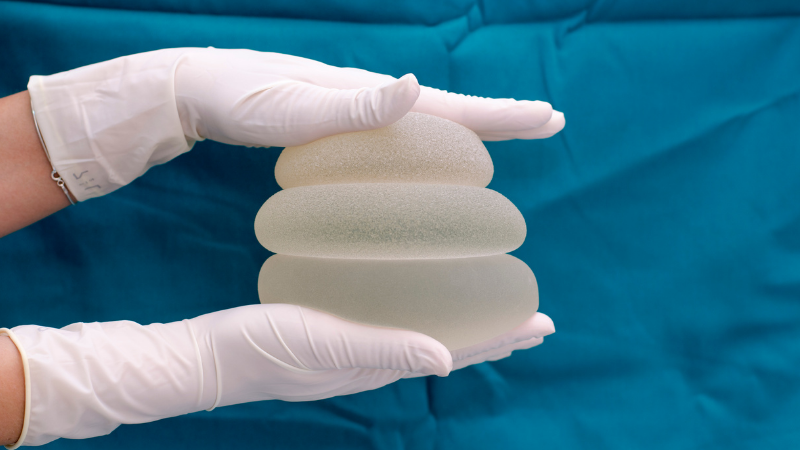
In addition, the material can be easily molded into various shapes and sizes. Consequently, silicone rubber is used to make several food containers ranging from silicone bags to food boxes.
4.Easy-to-Clean and Maintain
Maintaining silicone rubber food storage products is easy. The material has non-stick properties, making cleaning easy and preventing dirt buildup. In addition, silicone rubber products are dishwasher safe and do not absorb water.
Another property of silicone rubber that makes it easy to clean is that it does not absorb food stains and odors.
5. High Temperature Resistance
Silicone rubber material has a wide temperature range. The elastomer can withstand temperatures as low as -60 degrees C and as high as 230 degrees C. Consequently, silicone cookware can handle high-temperature applications like grilling and baking.
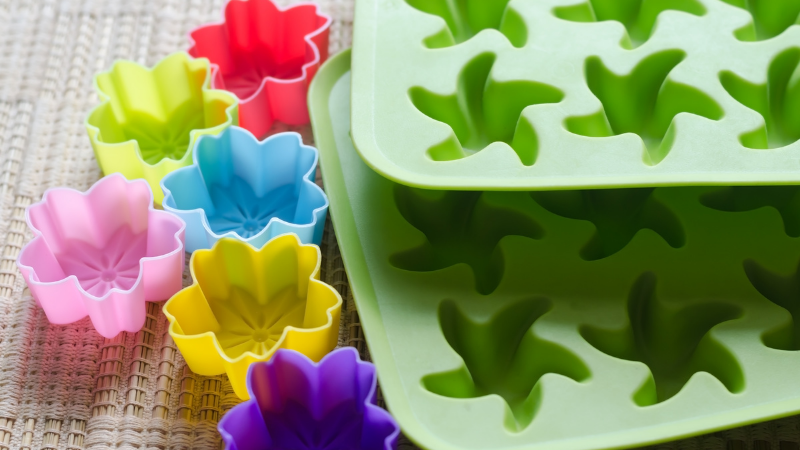
Furthermore, the material is freezer-safe and can go from the freezer to the oven without damage.
Types of Silicone Rubber Food Storage Products
Silicone Food Bags
Silicone food bags are used to keep, store, and transport food. Silicone food bags are non-toxic, do not leach into food, and keep your food fresh.
These reusable food storage bags can keep different food items, ranging from fruits to vegetables. Moreover, they are more sustainable choices compared to single-use plastic bags.
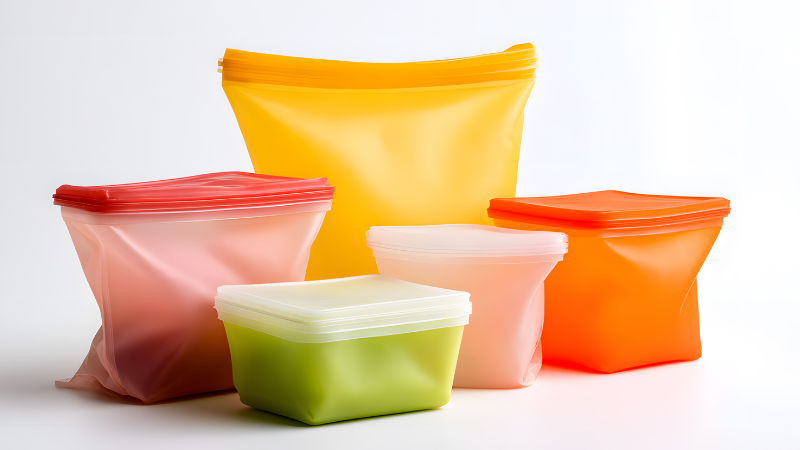
Silicone Food Covers
Food covers provide an air-tight seal over a food container, preventing air and moisture from getting into the food. They are available in several sizes and shapes to suit different containers.
Silicone food covers are reusable, providing an eco-friendly option for keeping food fresh compared to plastic covers and aluminum foil. Furthermore, the food covers are easy to clean and maintain because silicone rubber is non-stick.
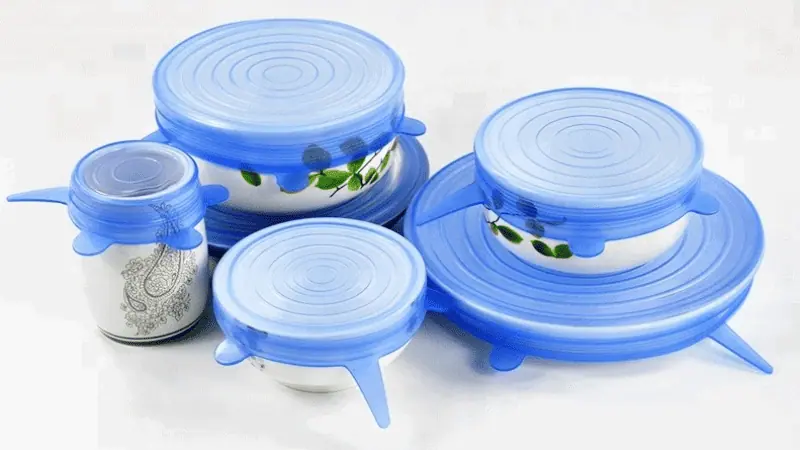
Silicone Food Wraps
Food wraps are used to cover food items to preserve their freshness and flavor and protect the food from contaminants. Silicone food wraps are made from silicone rubber. This type of food wrap is reusable and flexible, providing an air-tight seal around food items.

Silicone Ice Cube Trays
Silicone ice cube trays are used for molding ice to be used in drinks and cocktails because silicone rubber can handle low temperatures. Furthermore, removing ice cubes from silicone trays is easy, unlike plastic ones.
In addition, thanks to their flexibility, silicone ice cube trays are available in several sizes and shapes, creating non-conventional and attractive ice cube shapes.
Silicone Food Boxes
A food box packages and protects food from external factors. This food container prevents spillage and is convenient to carry around. Another advantage of silicone food boxes is that a brand logo and nutritional information can be printed on them for marketing purposes.
For restaurants and food suppliers, choosing silicone boxes can strengthen brand image, ensure regulatory compliance, and reduce customer complaints about leakage, odors, or safety issues.
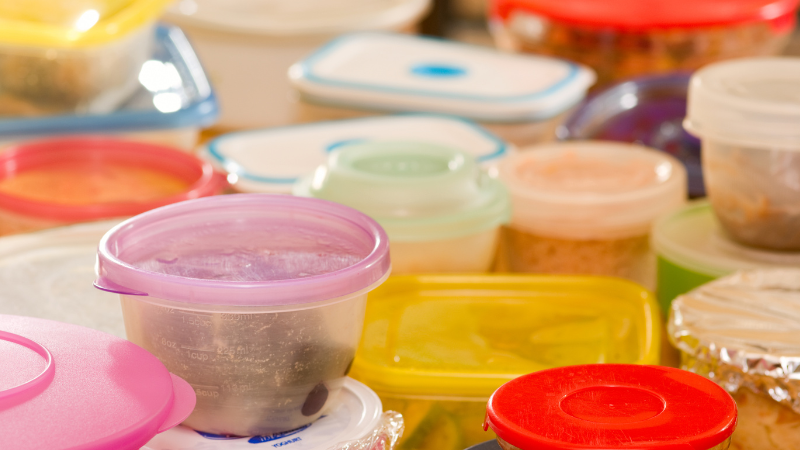
Furthermore, silicone food boxes are lightweight and eco-friendly. They are durable and a better alternative to disposable plastic containers. Also, due to their versatility, silicone food boxes can be used for meal prep and on-the-go eating.
Silicone Collapsible Bowls
Silicone collapsible bowls are great for storing food. A distinct advantage of this container is that it is collapsible when not in use. Therefore, it does not take up space. This food container is versatile and suitable for packing lunches and camping.
Practical Applications of Silicone Rubber in Food Storage
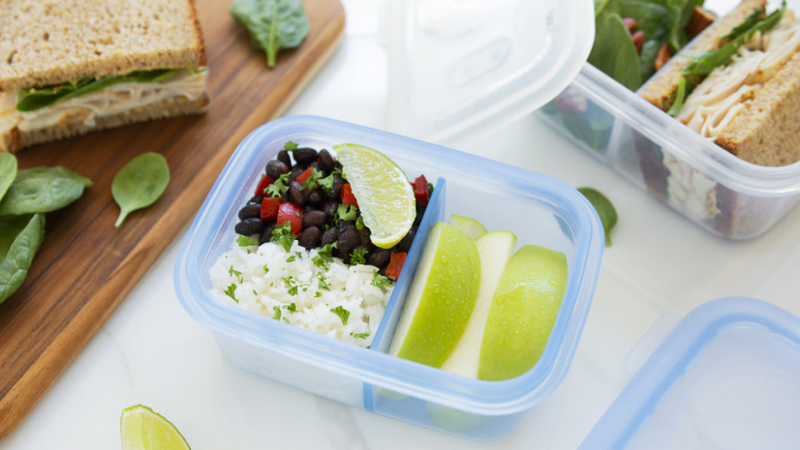
Silicone rubber containers are great for storing food and other applications. They are convenient and can be used repeatedly, making silicone seals suitable for food-grade applications. Applications of silicone rubber products include:
Meal Prepping
Meal prepping helps to save time and money, especially for people with busy schedules. With silicone food containers, meal preps have never been easier. The containers are available in several sizes and are durable and non-toxic.
Also, because silicone rubber can handle extreme temperatures, the stored food can be kept in the fridge or freezer.
Microwave or Oven
Silicone food storage products are also microwaveable. The material is heat-resistant and does not melt or decompose at high temperatures. Nevertheless, before putting this material in the microwave. It is essential to remove metal components. For instance, metal zippers on silicone food bags should not be microwaved.
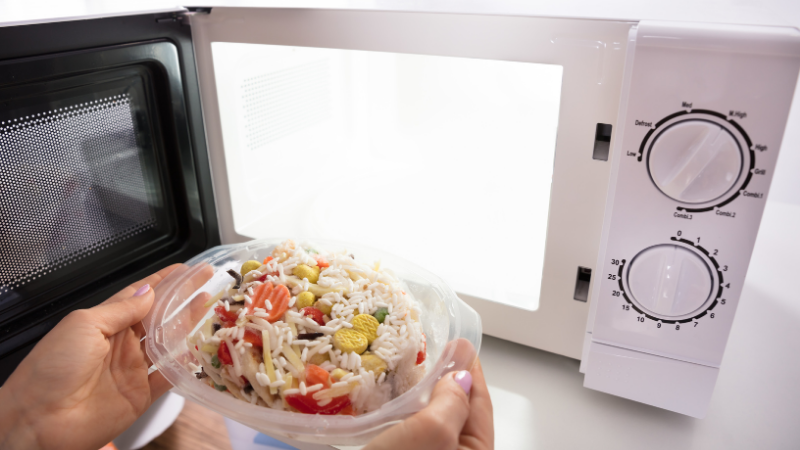
Another application of silicone food products is in the oven. Silicone bakeware can be used for cakes and muffins. However, when using the oven. It is essential not to exceed the manufacturer’s recommended temperature range for the silicone food storage product.
Traveling or Camping
Silicone food storage products are also useful when traveling or camping. They are lightweight, easy to clean, and provide an air-tight seal that keeps food fresh. Popular silicone rubber products for camping and traveling include silicone food bags, straws, collapsible containers, and straws.
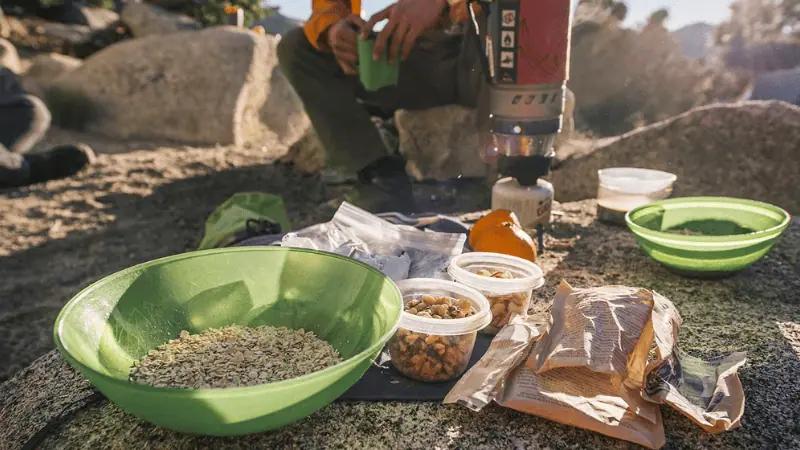
Packing Lunches
Silicone food storage containers are also used for packing lunches. The food containers do not spill, keeping food fresh for an extended period. In addition, the material is airtight and leak-proof, making it suitable for packing lunch items like salads, rice, and pasta.
Furthermore, because silicone rubber is lightweight, carrying lunches is easy.
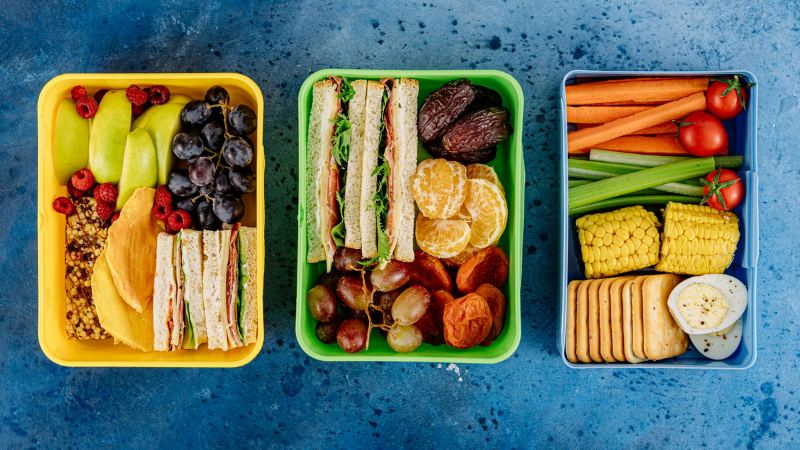
Storing Leftovers
Another application of silicone rubber food containers is for storing leftovers. Because the material provides an airtight seal, it keeps oxygen out to preserve food and prevent waste.
How to Clean and Maintain Silicone Rubber Products
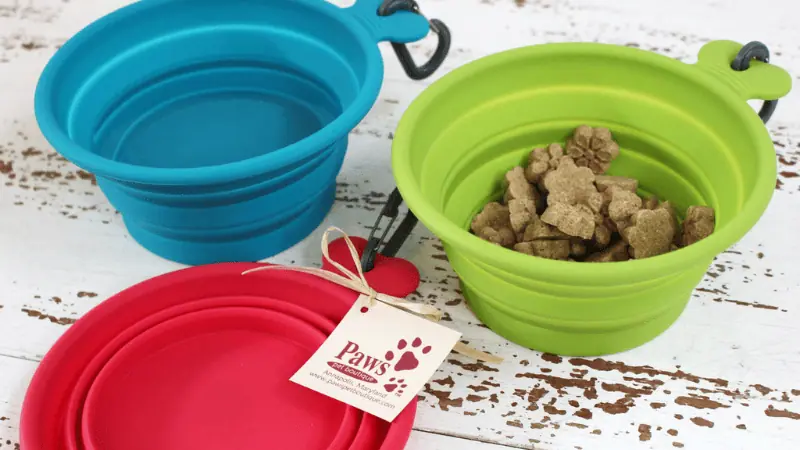
Silicone rubber food storage products are non-stick and easy to clean. Tips for keeping these products in good condition include;
- Washing with mild soap and water. The material can be hand-washed or washed using a dishwasher. It is essential to rinse these products thoroughly to remove soap residue.
- Avoid using abrasive sponges to clean the products. These sponges can scratch the surface of silicone rubber, damaging the material.
- Store silicone products in a dry and cool place, away from direct sunlight. It is best to dry the products and ensure there is no moisture before storing them

- Avoid extreme temperatures. Although silicone rubber is heat resistant, using it in temperatures beyond what the manufacturer states can damage the product.
- Avoid using sharp objects like knives when using silicone food storage products. Knives and other sharp objects can puncture the surface of the product.
- When storing silicone products, avoid stacking heavy materials on them. Heavy materials on top of silicone products can cause deformation.
Rubber Silicone vs. Plastic
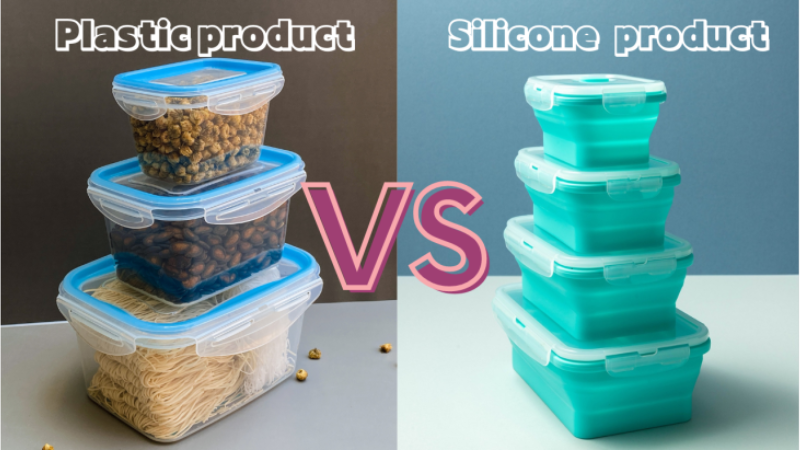
Rubber silicone and plastic are lightweight materials used for packaging food. Nevertheless, there are significant differences between these two materials. The table below compares the two materials;
Similarities Between Silicone Rubber And Plastic
Although they differ, silicone rubber and plastic are similar in some ways. For instance, both materials are lightweight. Therefore, they are used to manufacture food storage containers that can be carried around. Furthermore, both materials are water-resistant and can store wet and dry food items.
Another similarity between silicone rubber and plastic is that they are easy to clean. They are also available in several shapes and sizes to store food products.
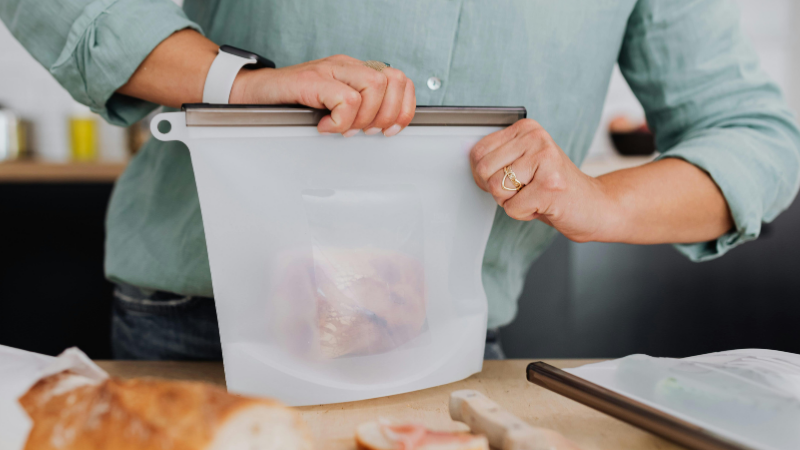
Key Differences Between Rubber Silicone And Plastic
Safety: Silicone rubber is BPA-free, non-toxic, and approved for food use by the FDA. It can withstand extreme temperatures without leaching harmful chemicals. Plastic, on the other hand, may release toxins into food when exposed to heat.
Durability: Silicone is flexible, long-lasting, and reusable, maintaining its shape for 3–5 years or longer. Plastic is rigid, prone to cracking, and typically designed for short-term storage.
Temperature Resistance: Silicone can transition safely from the freezer to the oven or microwave.
In contrast, most plastics like PP (polypropylene, -20°C to 120°C), PET (polyethylene terephthalate, -40°C to 70°C), and PE (polyethylene, -20°C to 80°C) degrade or release chemicals under high heat.
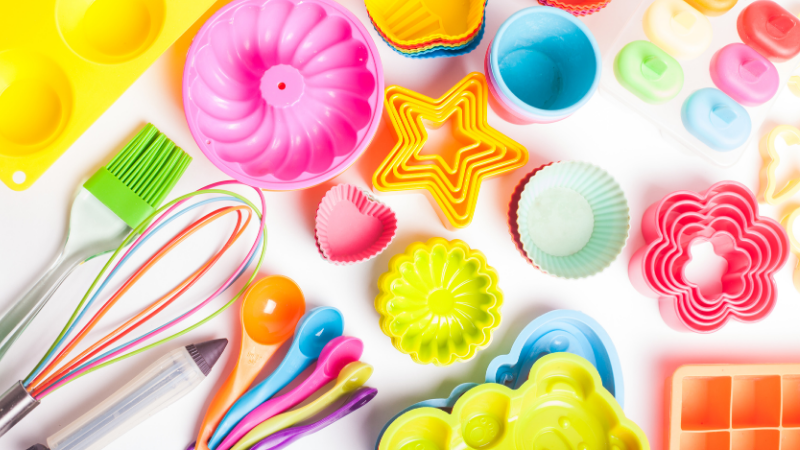
Environmental Impact: Silicone is eco-friendly and reusable, making it more eco-friendly. Plastic contributes heavily to waste because many containers are single-use and non-biodegradable. In the U.S. alone, billions of plastic food containers are discarded every year, contributing to landfill waste.
Cost: Although plastic is cheaper upfront, and one silicone lunch box may cost as much as five plastic ones, a silicone lunch box can last up to 10 times longer. This makes silicone more economical.
Which is Better?
After considering the differences between silicone and plastic products, it is safe to say that silicone rubber is more temperature-resistant, flexible, and durable than plastic. Also, silicone rubber products are more eco-friendly and sustainable because they are reusable. In addition, this food storage material does not leach harmful chemicals.
The only pros of plastic are that it is lightweight and cheaper than plastic. However, this is only the upfront cost. Silicone is a more affordable option in the long run.
Hongju silicone products are BPA-free and eco-friendly. These FDA-grade materials have many benefits, making them suitable for food applications.
The Role of Silicone Rubber in Food Safety and Reducing Waste
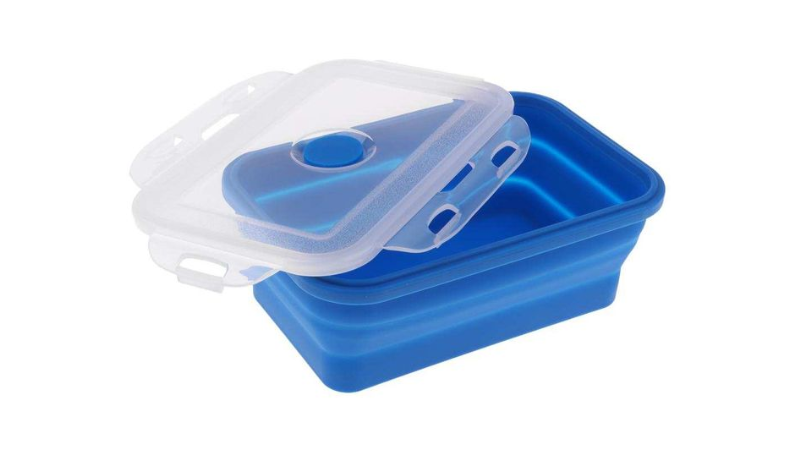
Food safety is essential for reducing waste, protecting public health, and promoting economic growth. FDA-approved silicone rubber is non-toxic and temperature-resistant. Consequently, it does not leach into food at high temperatures.
Another role of silicone rubber in promoting food safety is preventing food waste. Silicone rubber provides an air-tight seal that keeps out oxygen and external factors that may trigger food decay.
Furthermore, rubber silicone products are durable and reusable, making them sustainable and environmentally friendly.
Practical Buying Guide
- How to identify food-grade silicone: Look for FDA or LFGB certifications, check the material’s flexibility, and avoid silicone products with strong chemical odors.
- Avoid common traps: Low-quality silicone mixed with fillers may have poor elasticity and heat resistance, which will cause faster aging.
- Recommended essentials: Silicone food bags for leftovers, collapsible bowls for travel, airtight lids for storage, and ice cube trays for freezer use.
Conclusion
Silicone rubber outstands plastic in food storage with superior durability, safety, and eco-friendliness. It has a wide temperature range, lasts a long lifespan, saving costs and reducing waste. Certified food-grade silicone ensures no harmful chemicals leach into meals. Besides, its reusability supports sustainability, making it truly a smarter choice for families and businesses alike.
Customize Your Rubber Silicone Products with Hongju Now!
Looking for reliable silicone food storage solutions? At Hongju, we combine 20+ years of expertise with FDA-approved, eco-friendly materials to deliver customized, high-quality silicone products tailored to your needs.
From design to molding, our team ensures efficiency, durability, and sustainability.
Partner with Hongju today to bring your vision to life! Request your quote now!